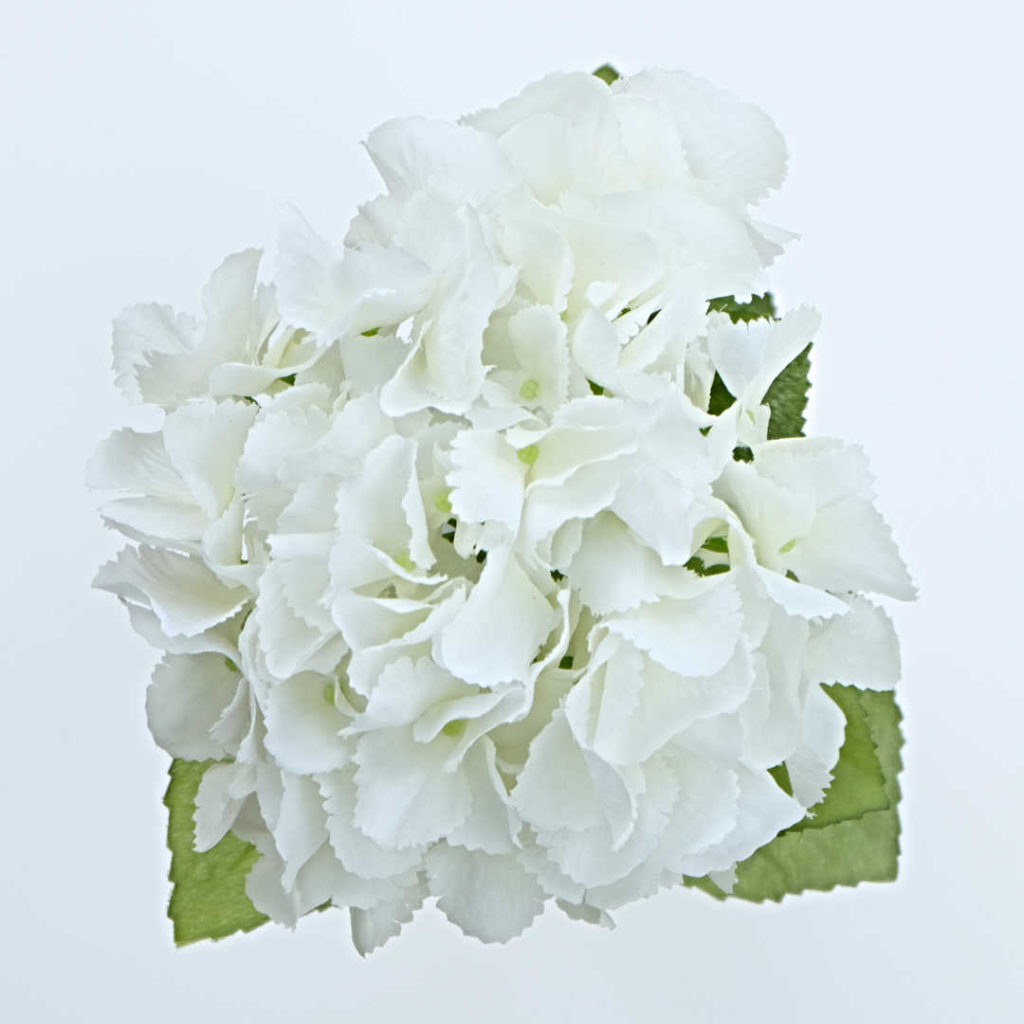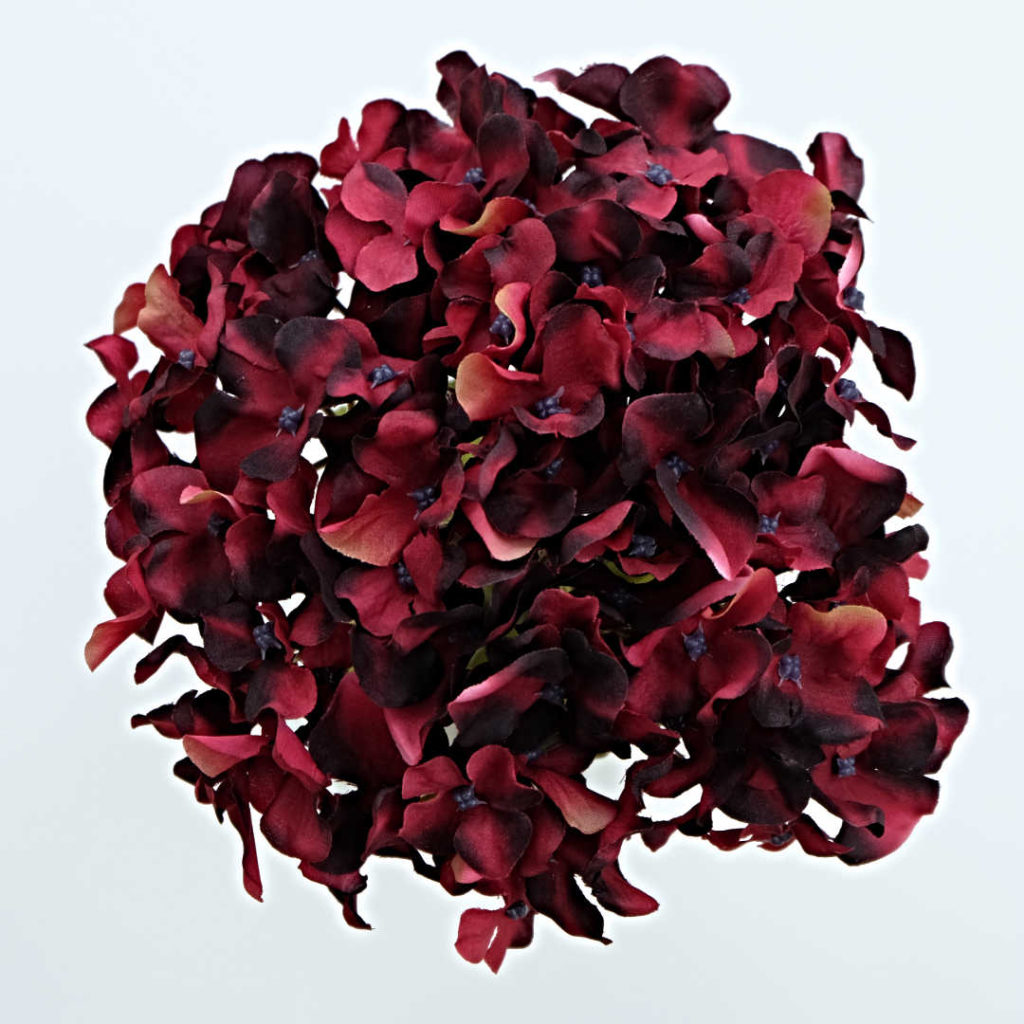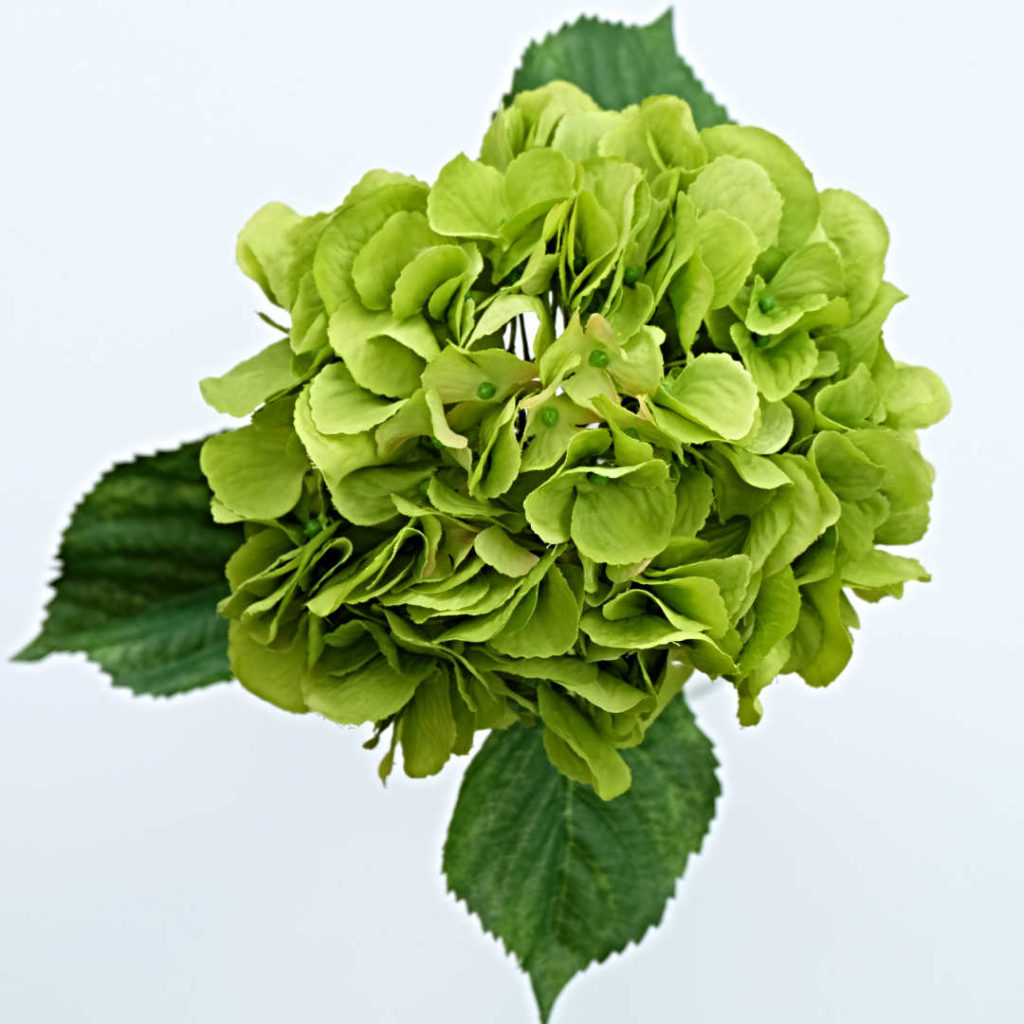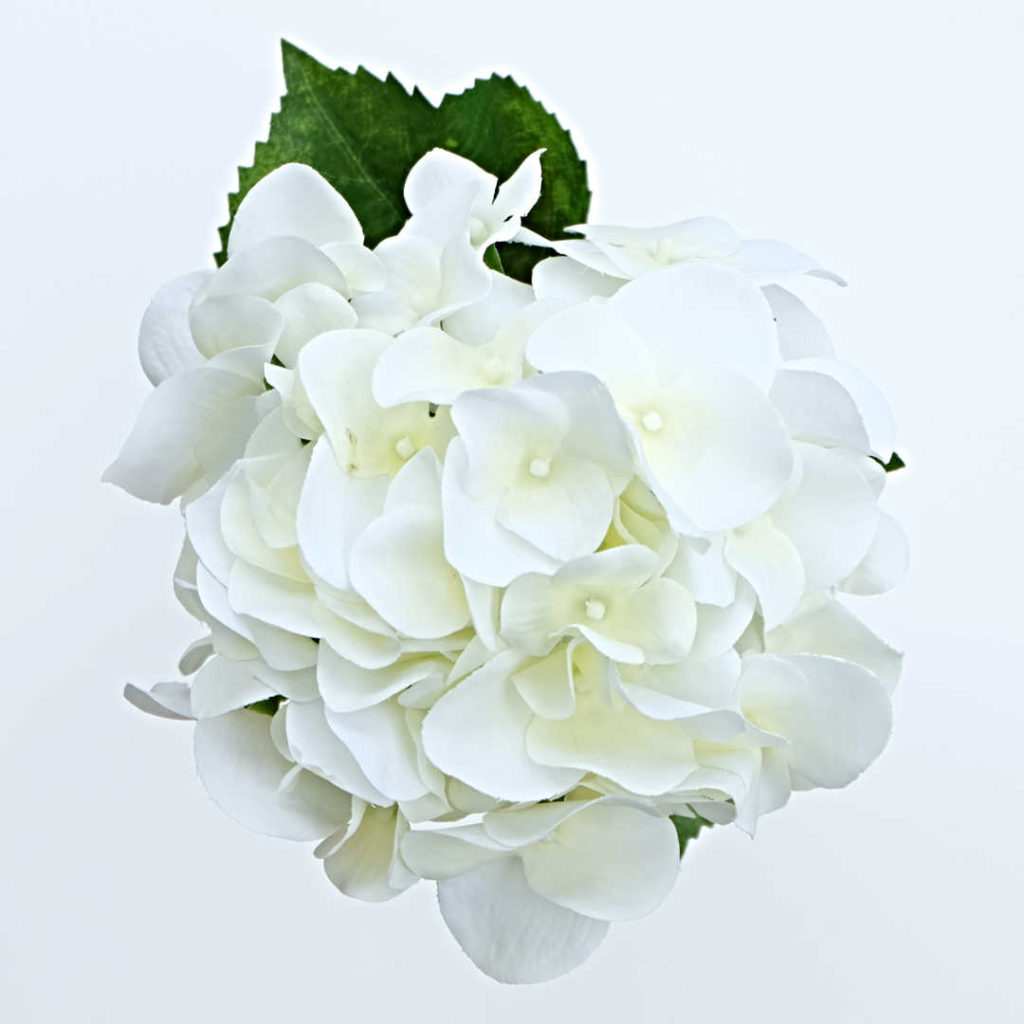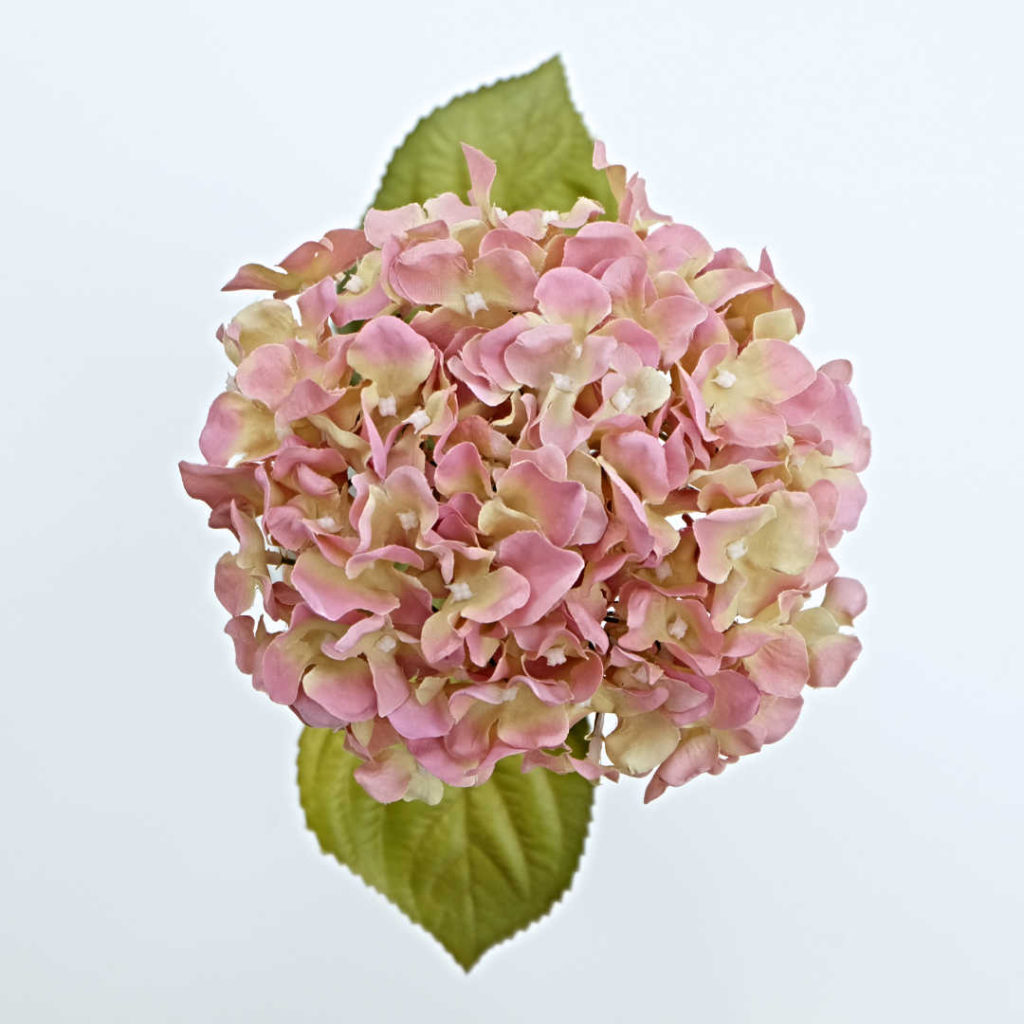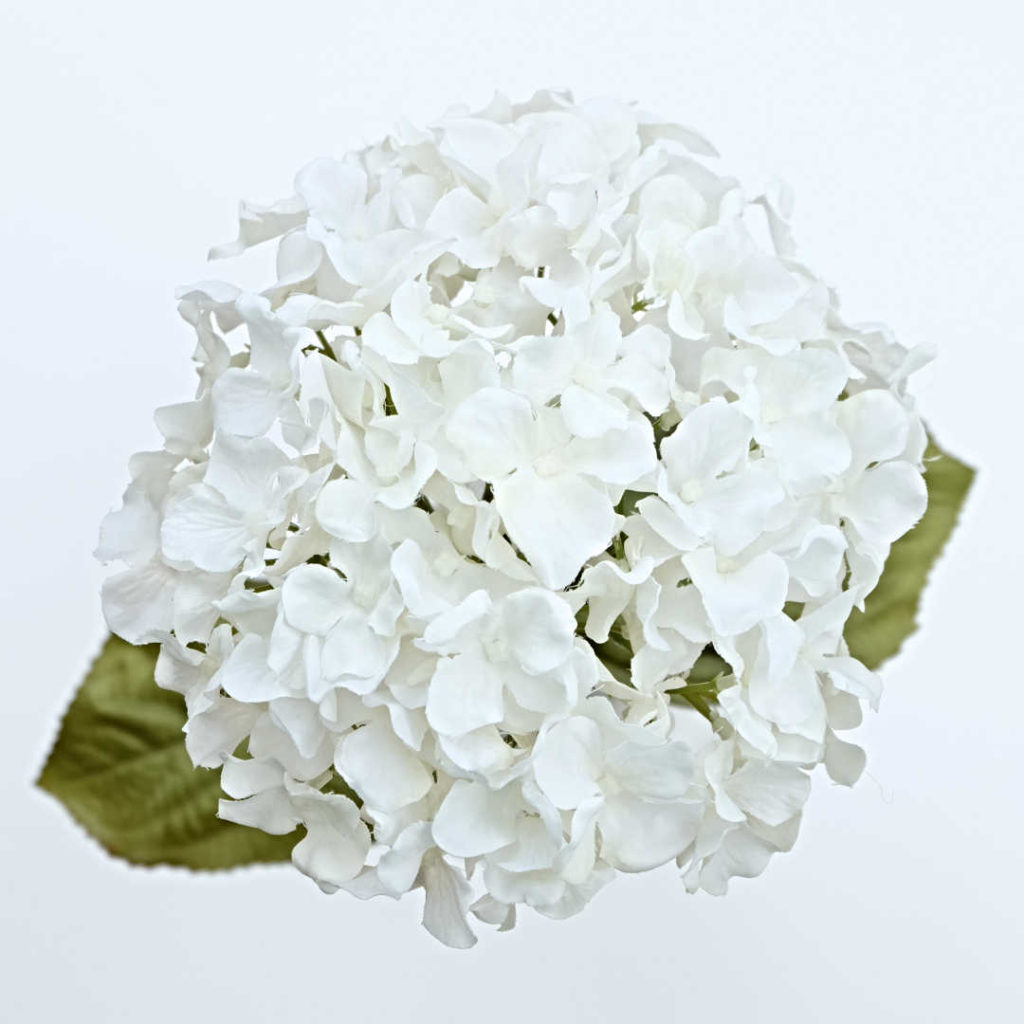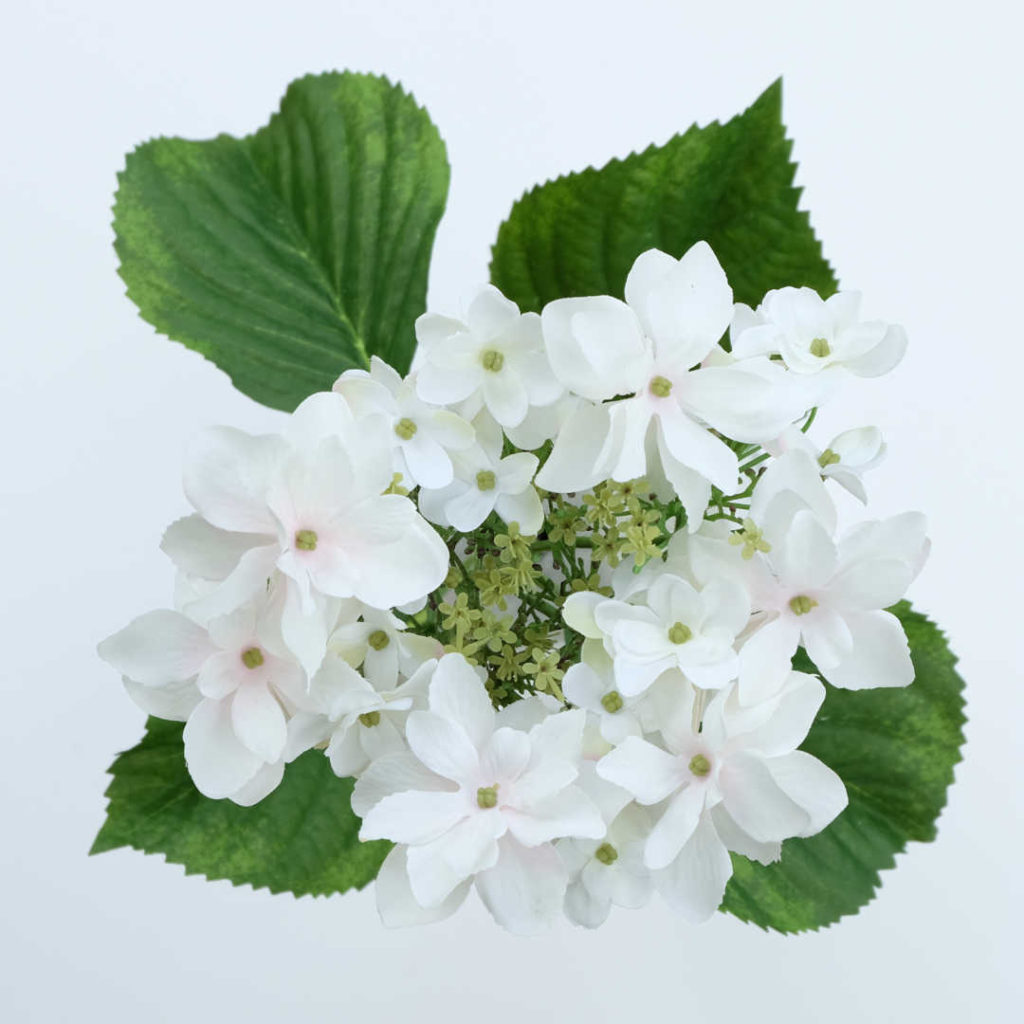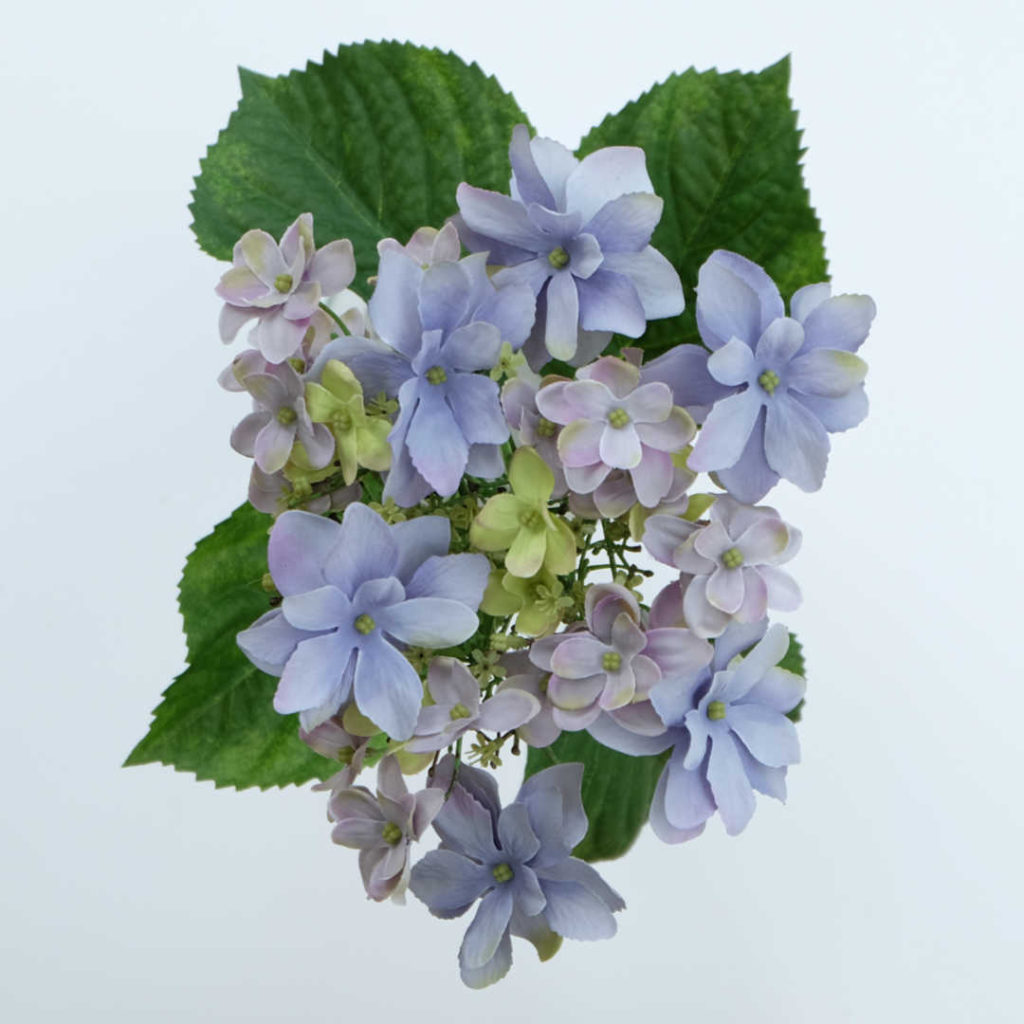The humble hydrangea is one of Britains favourite flowers. Blake Lively loves them, Madonna hates them. But do you know what messages these flowers convey? Did you know that hydrangeas have a magical quality? And what in fact is the difference between a lacecap compared to a mop-head?…….
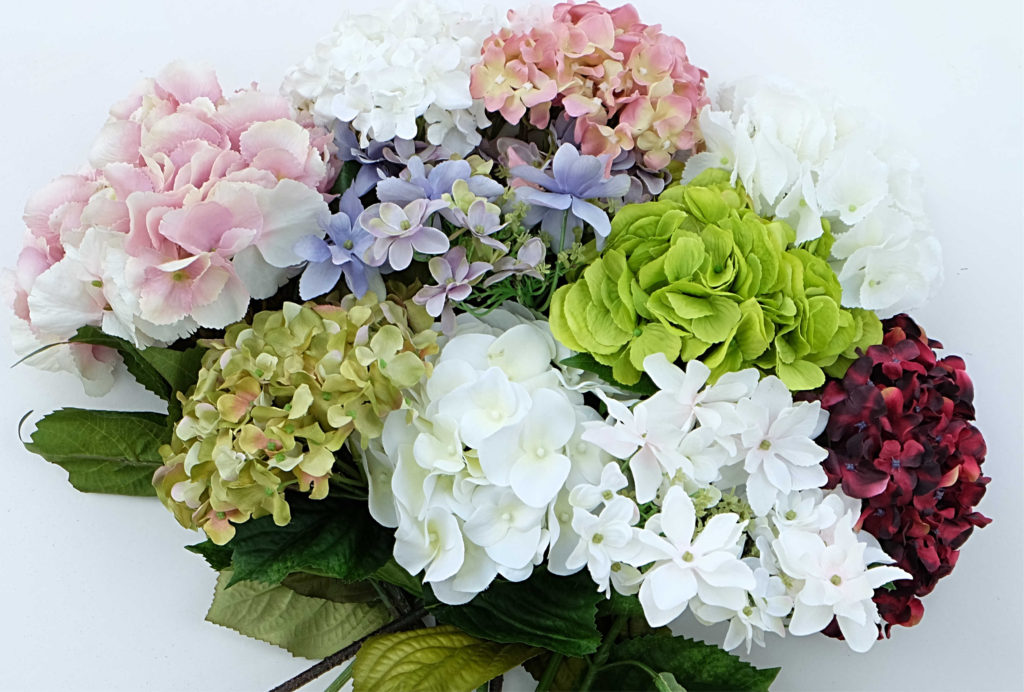
Topsy’s Top 10 Hydrangeas
Some experts will tell you there are just over 20 variants of hydrangea, others will put the figure at more like 100! Whatever the true number, the fact still remains that Britain’s have. a bit of a love affair with the hydrangea, I’m sure you’ve heard of some recently wedded bride that delved into the huge plethora of floral choices and decided to pull out a show stopping hydrangea.
The word Hydrangea actually comes from the Greek words ‘hydros’, meaning water, and ‘angos’, meaning jar. Over the centuries, it, like many flowers, have seen different meanings attributed to it.
The expression behind the bloom
Flowers can have their own special language, in Japan, where the hydrangea is thought to have originated from, there are various and somewhat apposing meanings for the hydrangea. These range from gratefulness to vanity, friendship to apologetic.
One legend has it that a Japanese emperor abandoned the love of a young girl, focussing all his time on his work instead . He was said to have given the hydrangeas to the young girl’s family in an attempt to show he was sorry.
Pink hydrangeas are said to depict a beating heart and thus show heartfelt emotions. In fact the hydrangea is one of the flowers often given on a 4th wedding anniversary. It meets the floral/fruit criteria of the traditional 4th year milestone and does so with the additional message of wholehearted sincerity.
White hydrangeas are said to portray a message of tolerance though some have said the white hydrangea is linked to bragging. Victorians particularly saw the hydrangea in such a way, supposedly due to the fact that a bush produces many blooms though little seeds.
Another message that is attributed to the hydrangea is one of friendship and a deep understanding between two people. As such it is seen as a fondness flower, and not necessarily on a romantic level, but between any two people who have a profound and heartfelt appreciation of each other.
Other supposed intimations include family ties and a united family, hence its increased inclusion in many wedding bouquets.
Types of Hydrangeas
Hydrangeas are generally categorised as either big leaf, smooth, panicle, oak leaf or climbing.
Big leaf hydrangeas include the famous lacecap hydrangeas which have a delicate bloom with contrasting petal sizes and flower buds in the centre. Mop-head hydrangeas, known as hortensia, are also classed as big hydrangeas and are known for their large round blooms, whereas smooth hydrangeas are native to the USA and have smaller petals. Paniculata, native to Japan and China, are variants which have cone shaped blooms, whilst the oakleaf hydrangeas get their name due to their leaf shape and autumnal foliage, again the flowers are cone shaped and sometimes come in doubles. There are also some variants classed as climbers and some very large hydrangeas called arborescens.
Enchanting colour changes
Hydrangeas will generally flower in the UK from late spring into late autumn. But did you know that some variants of hydrangeas have the ability to change colour? This is due to the ph levels in the soil. Blue hydrangeas come from acidic soil, they can be mauve in acidic to neutral soil and pink in alkaline soils. However, a white or green hydrangea will remain so, no matter what soil they are planted in.
Come late summer, white hydrangeas can change to a pink hue whilst blue and pink flowers can fade and take on a green and pink/red hue. Though magical in their ability to change colour, beware…some species of hydrangea are poisonous if consumed!
Topsy’s Top Ten Hydrangeas
Carmel Bouquet Katie Bouquet Lucy Bouquet Donna Bouquet Alice Bouquet

